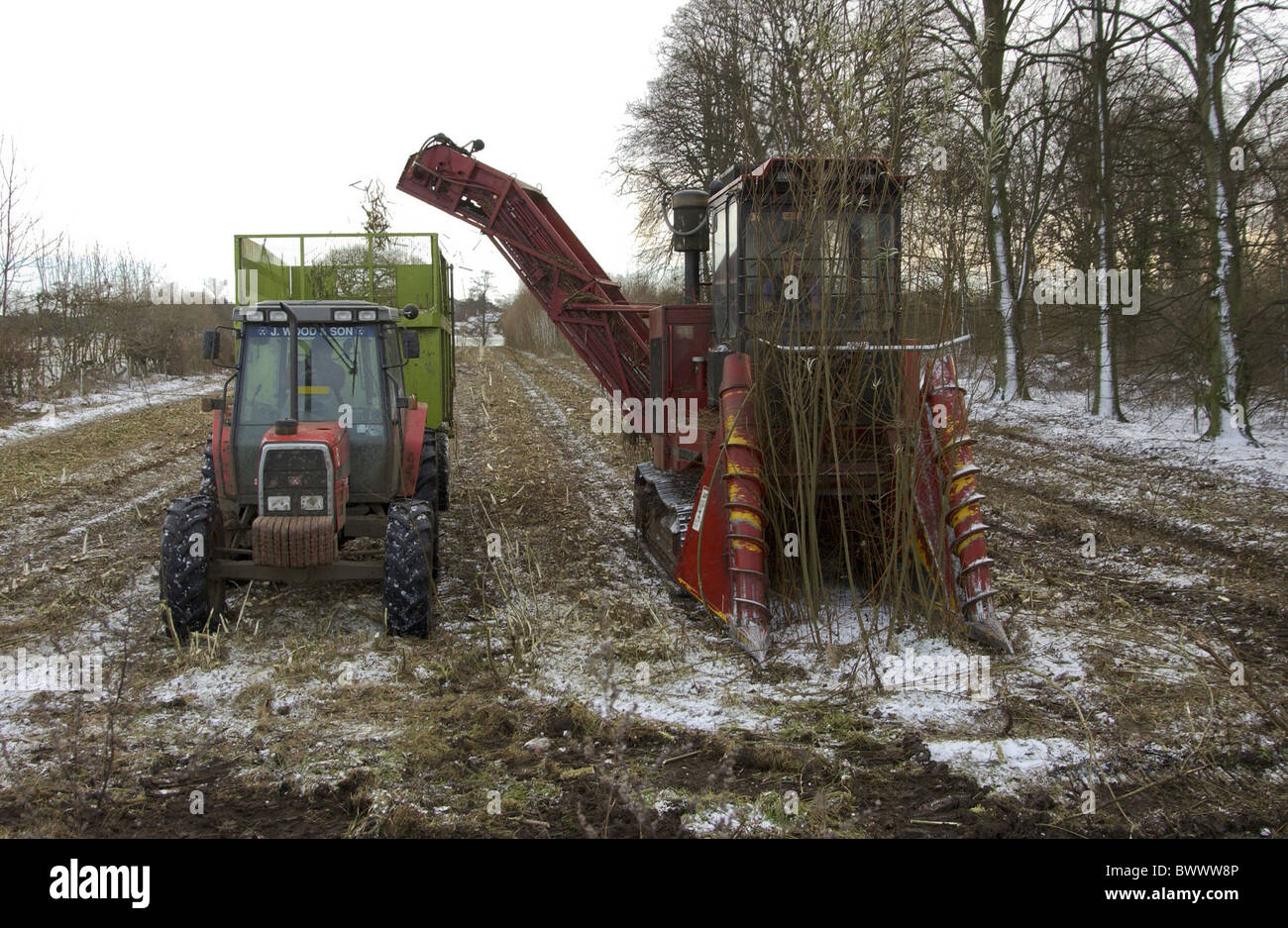
Consequently, other disease control strategies have to be established. For economic and environmental reasons, the application of fungicide for rust control is not a possibility. rust has emerged as one of the most important factors limiting the development of short-rotation coppice as a commercial crop. This is particularly relevant in the current situation of over production of a wide range of agricultural commodities within the European Community and the moves to reduce Government support in the form of farm and export subsidies.Īlthough Salix cultivars have yielded in excess of 30 tonnes dry matter (DM) ha −1 annually under experimental conditions, it is considered that 10–12 tonnes DM ha −1 is a sustainable commercial yield. Although in the short run oil prices have dropped in real terms, interest in short-rotation coppice willow has ben sustained because of the potential role it has in the development of agriculture, particularly in marginal areas. Tubby.Work on short-rotation coppice willow as an alternative and renewable energy source began in Northern Ireland in the mid-1970s, prompted by the massive rise in oil prices during that period.

See also Evans S (coordinator), Baldwin M, Casella E, Henshall P, Morgan G, Poole J, Sayce M, Stokes V, Taylor P, Tubby I (2007) Final Report: Yield Models for Energy: Coppice of Poplar and Willow. Mean air temperature (oC) Wet bulb temperature (oC) Maximum air temperature (oC) Minimum air temperature (oC) Mean soil temperature (oC) Maximum soil temperature (oC) Minimum soil temperature (oC) Rainfall (mm) Mean relative humidity (%) Surface wetness Net solar radiation (W.m-2) Global solar radiation (W.m-2) Wind direction (o) Wind speed (ms-1) This data set contains the meteorological data collected at these sites during the project. Data collected from these sites continues to be used in the development of empirical yield models and process based predictive yield models capable of estimating the productivity of varieties grown under a range of environmental conditions. The backbone of this research programme was a network of 49 field trials established on agricultural land throughout England, Scotland, Wales and Northern Ireland. The subsequent research programme ‘Yield models for energy coppice of poplar and willow’ was coordinated by ETSU and carried out by Forest Research (FR) and the Department of Agriculture and Rural Development, Northern Ireland (DARDNI, formally Department of Agriculture, Northern Ireland). For these reasons the Department of Trade and Industry (DTI), the Ministry of Agriculture, Fisheries and Food (now incorporated into the Department of the Environment, Farming and Rural Affairs ) and the Forestry Commission (FC) sought to quantify and model the yield potential of a diverse range of willow and poplar clones when grown as SRC on agricultural sites across the UK. Growers also needed information on likely yields achievable by different site/clone combinations, in order to estimate their financial return from these crops. Without this information planners could not make informed decisions as to where SRC plantations and power generation plants should be sited in order to maximise yield and land use efficiency. These projects were expected to ‘stimulate substantial commitment to coppicing’.Īlthough informative, results from early research programmes could not predict the yield of willow or poplar SRC under different environmental conditions. Political backing for SRC was shown on 20 December 1994 when the UK minister for Energy announced government support for three power generation projects using woodfuel gasification technology. Other research programmes concentrated on developing harvesting, processing and power generation equipment that could cope with biomass produced by a variety of crop systems including SRC. Willow and poplar clones emerged favourably from these trials, producing high yields without succumbing to disease or frost. Examples include Salix viminalis clones, Populus interamericana clones, Eucalyptus archeri, Alnus cordata, and Northofagus procera. In the UK, numerous coppicing tree species were tested using this system (Potter, 1990). This system was termed ‘Short Rotation Coppice’ (SRC). One of the systems tested involved planting coppicing tree species at high densities (around 10,000 stools per hectare) and harvesting above ground growth every two to five years.

Initial studies were aimed at identifying suitable crop systems.

As a result of high oil prices in the mid-1970s, many European and Scandinavian countries initiated research programmes investigating fuel production from energy crops.


 0 kommentar(er)
0 kommentar(er)
